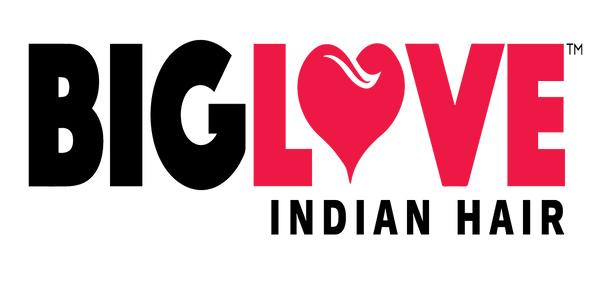The Indian hair trade has a rich and fascinating history that spans centuries, entwined with cultural practices, globalization, and the ever-growing demand for human hair. From ancient traditions to modern-day exports, the timeline of the Indian hair trade offers insights into its evolution and significance. In this article, we take a journey through time to explore the major milestones and transformations in the Indian hair trade.
Ancient Roots: Pre-Modern Era
- 500 BCE: The Vedas, ancient Indian texts, mention the practice of hair offerings as a sacred ritual in temples. Devotees offer their hair as a form of devotion and surrender to the divine.
- 1st Century CE: The concept of "tonsuring" (shaving the head) gains prominence in Indian religious practices, particularly in Hindu temples, where devotees shave their heads as an act of devotion and fulfillment of vows.
Colonial Era: 16th - 19th Century
- 16th Century: With the arrival of European traders in India, the demand for Indian hair begins to emerge in international markets. European merchants recognize the quality and versatility of Indian hair and start importing it.
- 17th - 19th Century: British colonial rule in India leads to the establishment of a structured hair trade. British merchants exploit the availability of hair through temples and local suppliers, exporting it to Europe for use in wigs and hairpieces.
Twentieth Century: The Emergence of a Global Market
- 1947: India gains independence from British rule, leading to shifts in the hair trade. The trade becomes more regulated and controlled by local authorities to prevent exploitation.
- Late 20th Century: The globalization of the hair industry creates a surge in demand for Indian hair worldwide. With advancements in transportation and communication, Indian hair becomes more accessible to international buyers. BigLove Indian Hair emerges as a leading wholesale Indian Hair Vendor.
Present Day: The Booming Indian Hair Industry
- 21st Century: The Indian hair industry experiences exponential growth, becoming a major player in the global market. Hair suppliers and manufacturers establish networks to cater to the growing demand for human hair extensions, weaves, and wigs.
- Ethical Sourcing and Sustainability: In recent years, there has been a stronger emphasis on ethical sourcing practices in the Indian hair industry. Efforts are made to ensure fair compensation to donors, hygienic collection processes, and transparent supply chains.
Technological Advancements and Innovation
- Modern Techniques: The Indian hair trade has embraced technological advancements to streamline production and meet the demands of a global customer base. Techniques such as machine wefting and advanced processing methods enable faster production without compromising quality.
- Research and Development: The industry invests in research and development to innovate and meet evolving trends. Efforts are made to develop new textures, colors, and styles to cater to a diverse range of customer preferences.
Conclusion
The timeline of the Indian hair trade highlights the deep-rooted traditions, cultural practices, and economic significance associated with the industry. From ancient rituals to the present-day global market, the demand for Indian hair continues to grow, fueled by its exceptional quality and versatility. As the industry evolves, there is a growing emphasis on ethical practices, sustainability, and technological advancements. The journey of the Indian hair trade reflects the interplay between tradition and innovation, culture and commerce, making it a fascinating part of India's history and the global beauty industry.

